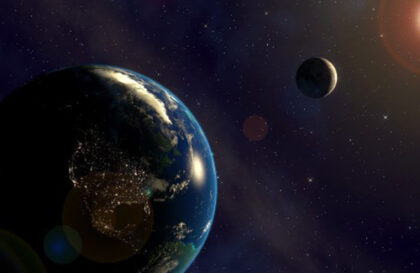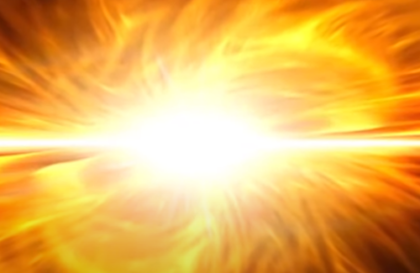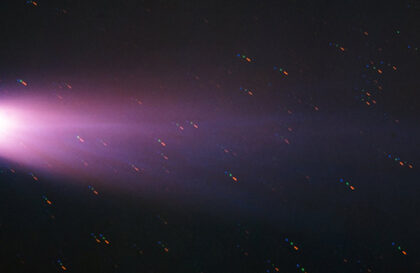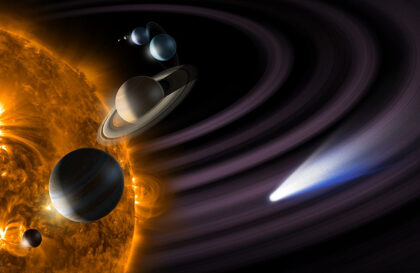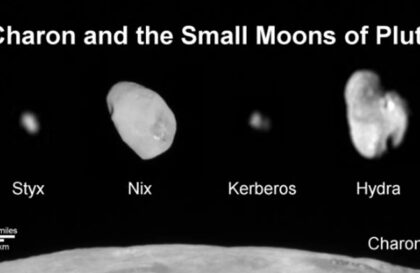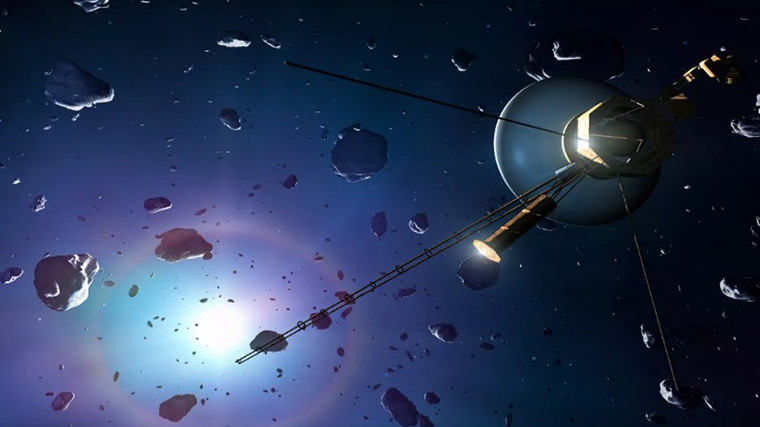In the process of planet formation, something could go wrong. I wrote about it here. This means there are fewer or one planets in the solar system. Let’s see how we would have to live.
Mercury
In this case, iron and nickel will be added to the united planet. Perhaps people will become more “iron”. Mercury has the most craters. You may have to live in them.
Venus
The pressure on this planet is equivalent to the pressure at a depth of about 900 meters of water on Earth. Therefore, here the need for strong bones and developed muscles is indispensable for adaptation to these conditions.
The temperature on this planet exceeds 400 degrees Celsius, which significantly exceeds the limits by which terrestrial organisms can survive. Viable organisms on Earth, capable of surviving boiling water, are here on the verge of survival.
The presence of abundant amounts of carbon dioxide in the atmosphere is another factor that makes the environment on the planet extremely unsuitable for terrestrial life forms.
In light of these unfavorable conditions, as well as the presence of phosphine of interest to microbes, it is expected that the survival of mankind or other terrestrial organisms on this planet will require radical transformations. Probably, to successfully adapt to this environment, people will have to turn into microorganisms that can survive in these conditions. The Venusian biota, if it is possible at all, is likely to be different from Earth, perhaps resembling plant life forms due to the difficulty of creating mobile animal organisms.
The intense presence of sulfuric acid in the atmosphere will pose a danger to living organisms. However, under such conditions, it is likely that the need to use anti-acid defense mechanisms, such as anti-acid umbrellas, will become mandatory.
Another problem will be food. Venusian life may contain substances incompatible with the digestive enzymes of terrestrial organisms, making it impossible for foreign organisms to feed on such life.
Mars
Let’s assume that the mass of Mars remained unchanged, maintaining the current gravity, which is much weaker than Earth’s. In this case, there are suggestions of dramatic changes in human physiology and anatomy in response to adaptation to such an environment.
Given the lower gravity, the human body on Mars will undergo evolutionary changes. Bones would become more fragile, and muscles less developed, adjusting to new conditions. Therefore, life on Mars would be a vital measure of protection from ultraviolet radiation.
Mount Olympus, 21 km high, and a 2,500-mile-long canyon could have been formed against the backdrop of less gravity and other geological processes.
Adaptation of the organism to a changed atmosphere, composed mainly of carbon dioxide, would be mandatory. The emergence of respiratory functions capable of coping with such an atmosphere would require changes in the structure of the face, perhaps even narrow eyes to protect against dust storms.
Adaptation to the absence of free oxygen and low temperatures would probably require evolutionary changes. These could be mutations leading to the formation of wool to keep warm. Genetic adaptations could include changing skin pigmentation to protect against radiation, possibly darker tones.
Under conditions of reduced gravity, human bones would become less dense and would “melt” over time at a rate of 2% per year. Perhaps, in response to this, the body would begin to compact the bones, creating a new type of skeletal structure. Such evolutionary changes could lead to the appearance of large-boned, but stronger organisms.
Jupiter
Jupiter, as a gas giant, does not provide a solid surface for habitation, but rather a deep layer of the atmosphere, where life conditions will be very different from those on Earth. In this environment, devoid of a solid surface, life is forced to exist in fog and clouds.
Jupiter’s atmosphere can absorb radio waves, which would limit the ability to communicate through radio and television. This would potentially affect the way of life of the inhabitants of Jupiter, forcing them to look for alternative ways to communicate and transmit information.
Given the extreme conditions on Jupiter, where there is a multi-year storm in the form of a red spot, it can be assumed that potential inhabitants of the planet would prefer to settle in places remote from this element. These could be areas that are not subject to strong atmospheric influences.
Given such an environment, organisms on Jupiter, if they could exist at all, could develop along completely different evolutionary paths. Perhaps mega-animals adapted to atmospheric pressure and composition, reminiscent of dinosaurs, could become the dominant life forms.
The division of habitable zones into hot and cold sides of the planet, as well as the presence of many differences in environmental conditions, could lead to a diversity of life forms between these zones. The inhabitants of these zones could differ even more than the diversity between the peoples of Africa and the North on Earth.
The distribution of habitable areas and the need to move around the planet over long distances would create a need for the development of new transportation technologies specific to Jupiter’s environment.
Saturn
Saturn has rings, but you can’t walk on them. It’s a bunch of small scattered pieces of ice. There are layers with a comfortable temperature, but it’s more like a liquid gas. Walking is also impossible. The rings obscure the Sun on the planet, and this will make it cold. But there will be many moons. And the disappearance of the rings threatens a hail of impressive proportions.
Uranus
If the united planet remains in the orbit of Uranus, the 2-week vacation will turn into a 3-year one. There will be a lot of ammonia, which stinks a lot. On the dark side of the planet, a long winter night. To see there, you need big eyes and maybe a thick layer of fat under the skin to keep warm. It would be nice to have a hearing system like dolphins.
Neptune
If Neptune remains, then gravity will increase by 2 times from the usual Earth. This means that much more muscle strength is required, especially to withstand strong winds. Here they are the strongest.
If there are no giant planets
If there were no giant planets, then the bombardment by asteroids would not have ended in 10-100 million years, perhaps they would have continued to this day. This is a serious risk to the habitability of the planet. Think about what happened to the dinosaurs. And this is not the only extinction on Earth since the fall of the asteroid.
Image credit:
https://www.newscientist.com

